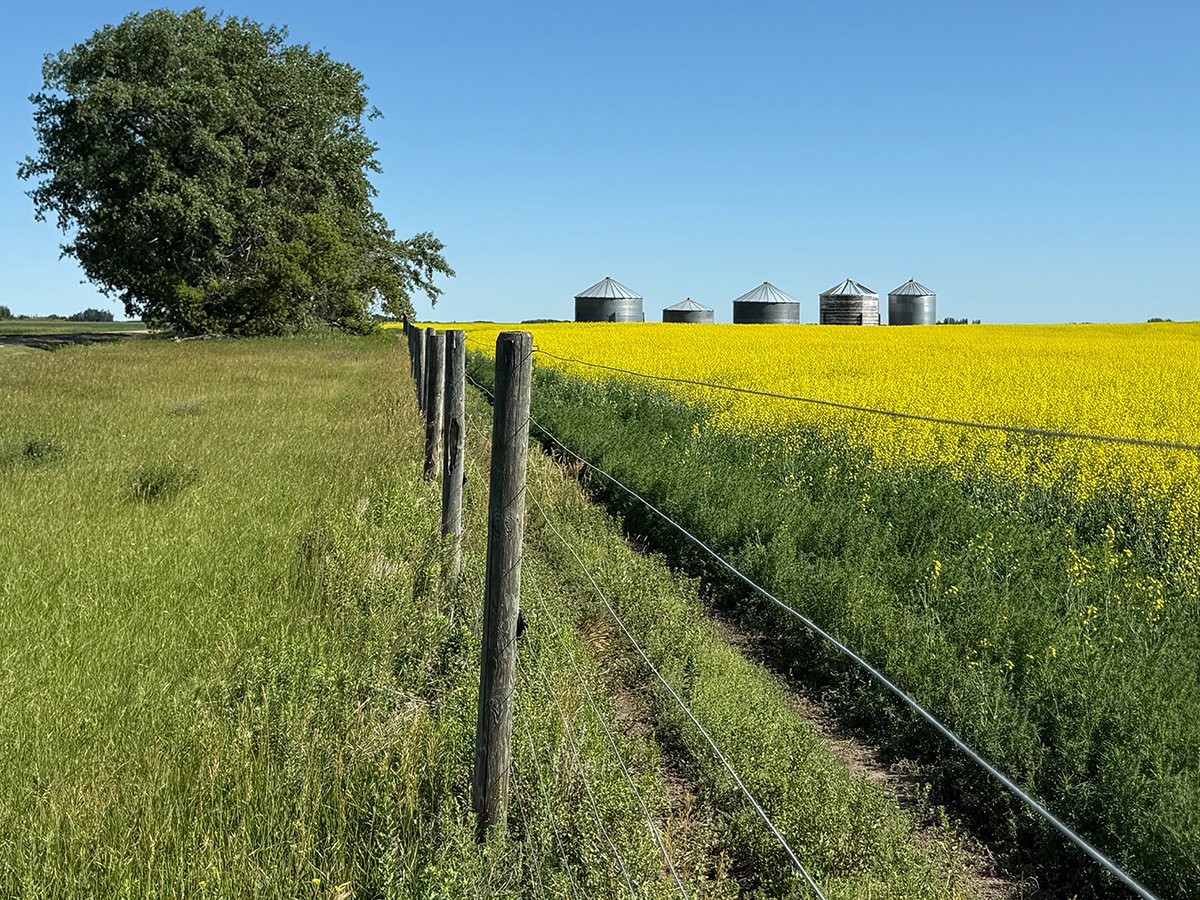Significant price shifts have occurred in various grains as compared to what was expected at the beginning of the calendar year. Crop insurance prices can be used as a base for the changes.
In each of the three Prairie provinces, they were set based on expectations at the end of 2024 and early 2025.
On some crops, current bids are close to the crop insurance’s expectation. In other cases, they’re higher or lower by a significant amount.
Read Also

Invigor Gold variety viewed as threat to condiment mustard
Invigor Gold, the canola-quality mustard developed by BASF, is on a collision course with Canada’s condiment mustard industry. It’s difficult to see how the two can co-exist.
Canola is better than expected. The Saskatchewan Crop Insurance Corp. price is $13.50 a bushel. Canola prices have been volatile, but current new crop bids are more than $1 per bu. higher than SCIC.
Farm Credit Canada just published a report saying the financial outlook in the grain sector has improved a bit since January.
According to the crown corporation, an overall average crop appears to be in the offing, and price prospects have improved a bit on the major grains. For Western Canada, canola would be the star of that analysis.
Wheat, on the other hand, appears softer than expected. The SCIC price based on No. 2 hard red spring wheat is $7.74 a bu., somewhat above the bids being quoted.
However, durum is stronger than anticipated. SCIC is at $8.01 based on No. 2. Current bids are around 40 cents a bu. higher than that.
At $4.68 a bu. on feed barley, SCIC is somewhat under new crop bids ,which seem to be from $5 to $5.50, depending on proximity to Alberta’s feedlot alley.
Significant price discrepancies exist within pulse crops.
On field peas, the SCIC price was set at $10.37 a bu., while new crop yellow pea bids are currently $1.50 to $2 lower.
Surprisingly, SCIC does not provide a separate price for green peas or specialty peas.
On lentils, SCIC splits out large green lentils, red lentils and other lentils. In all three classes, the SCIC prices are higher than what the market is currently indicating.
On large greens, the difference is substantial. SCIC is at 46 cents a pound, while the market has declined to 36 cents or even lower.
On red lentils, SCIC is at 31 cents while the market is around 28.
Consider a farm with large green lentils that has been hit by hail and will probably trigger a crop insurance claim. The producer is considering a fungicide application to potentially limit disease in the damaged plants. However, every extra bushel of lentils gained will reduce the crop insurance payment by an even larger amount due to the price differential.
On canaryseed, the SCIC price is 32 cents a lb., while the market has dropped to around 27.
Large kabuli chickpeas at SCIC’s 34 cents a lb. are close to current new crop values.
Oats were pegged at $3.31 a bu. by SCIC, and there’s such a variation in oat pricing that it’s hard to know if that’s low or high.
On mustard and flax, the market has performed better than expected.
The SCIC flax price is $15.25 a bu., while new crop values are $3 a bu. plus higher.
On brown mustard, SCIC is at 32 cents a lb. with yellow mustard at 42 cents. Current new crop bids of 40 cents for brown and 46 cents for yellow are being reported.
Bids can sometimes change rapidly during the harvest season as more information on yield and quality becomes available, so price differentials could narrow or widen.
















